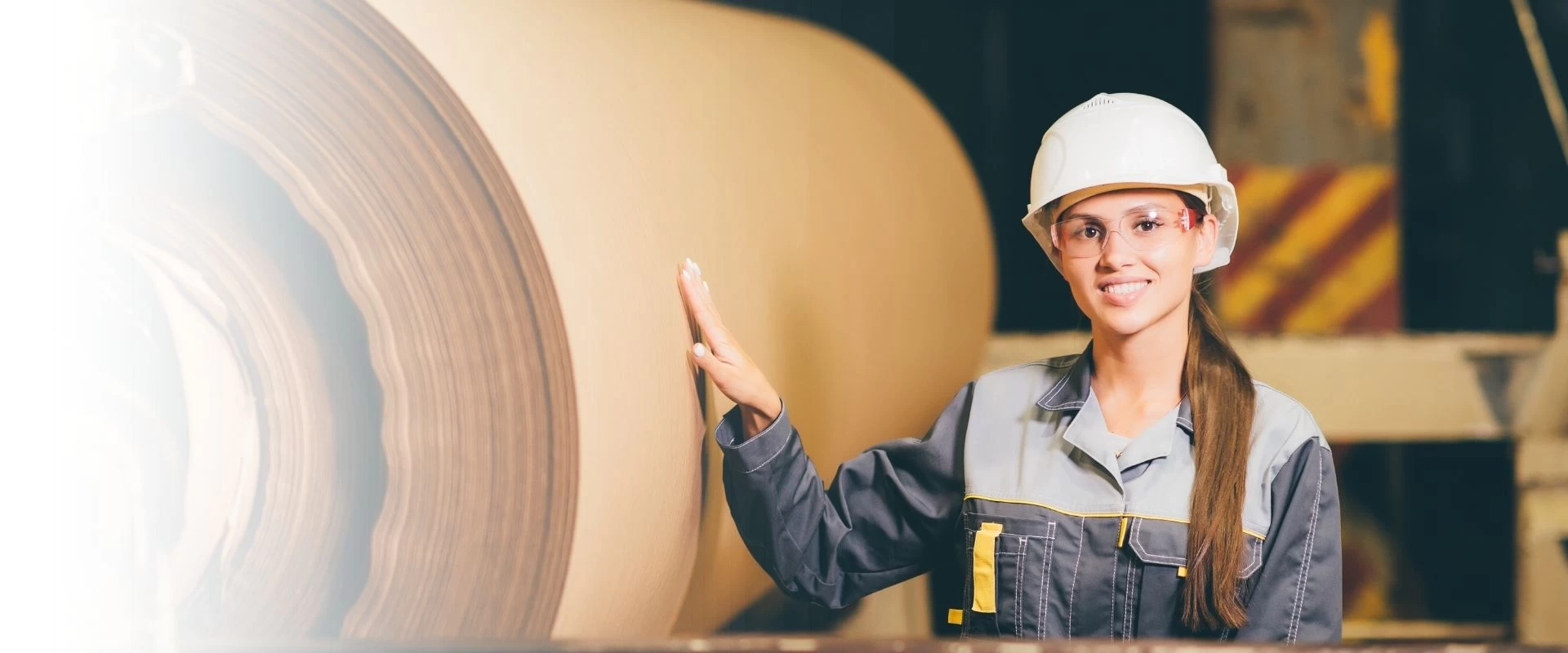Recycled Kraft Paper Production
Recycled Kraft Paper Production

```html
The paper industry has long been scrutinized for its environmental impact, but recent advancements have put it at the forefront of a sustainability revolution. A circular economy, where resources are reused and recycled continually, is no longer a distant goal; it's a reality that's reshaping the very fabric of paper manufacturing and consumption. In this article, we explore how the paper industry's circular economy leap is not just a win for the environment but also for innovation and efficiency.
Several factors have propelled the paper industry into this new era of circularity. The rising cost of raw materials, coupled with stringent environmental regulations and a growing consumer demand for sustainable products, has forced the industry to rethink its traditional linear model. By embracing recycling and resource recovery, the paper industry is reducing waste, conserving resources, and minimizing its carbon footprint.
But what does this mean for the businesses and consumers alike? It means that the paper we use every day, from newspapers to packaging, is increasingly being produced with recycled content. This not only helps to reduce deforestation but also decreases the energy required for production, as recycling paper consumes less energy than creating new paper from trees.
Innovation is at the heart of the paper industry's circular economy leap. Cutting-edge technologies are being developed to improve the quality and efficiency of recycled paper. For instance, new deinking and pulping processes have made it possible to recycle paper more times than ever before without degrading its quality. Moreover, biodegradable inks and dyes are becoming the norm, ensuring that the recycling process isn't hampered by harmful chemicals.
The industry is also exploring alternative raw materials such as bamboo, hemp, and even agricultural waste, which can be used to produce paper with minimal environmental impact. These materials are not only renewable but also help in reducing the reliance on wood pulp, offering a double win for sustainability efforts.
Curious about how digitalization fits into the paper industry's circular economy? Digital tools are streamlining operations, from supply chain management to production control, allowing for greater transparency and efficiency. This digital leap is enabling companies to track and optimize their resource use, leading to significant reductions in waste and energy consumption.
Furthermore, data analytics and machine learning are helping manufacturers predict maintenance needs and process optimizations, ensuring that machinery runs at peak efficiency and that resources are used responsibly. This not only contributes to the circular economy model but also enhances the competitiveness of paper industry players in the global market.
The future looks promising for the paper industry as it continues to embrace the principles of a circular economy. With ongoing research and development, the sector is set to further minimize its environmental footprint and emerge as a leader in sustainable practices. As consumers, we play a crucial role by choosing recycled paper products and supporting businesses that prioritize eco-friendly production methods.
The paper industry's circular economy leap is not just an environmental necessity but also an opportunity for innovation and growth. As we move towards a more sustainable future, the paper industry is proving that economic success and environmental stewardship can go hand-in-hand.
```